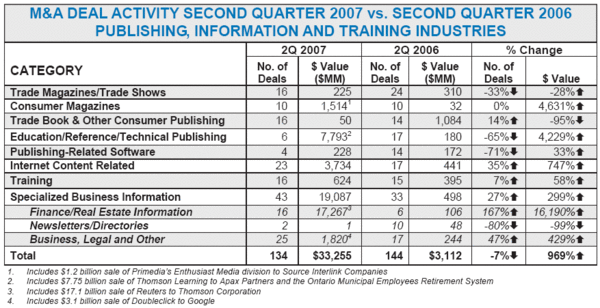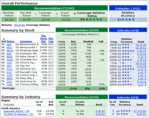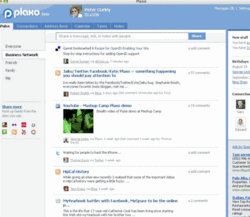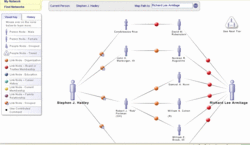Scientific Publishers Take On Darwin
![]() The Association of American Publishers has launched a pseudo-grass roots organization called PRISM (Partnership for Research Integrity in Science and Medicine) in an effort to thwart the free-access efforts such as Public Library of Science.
The Association of American Publishers has launched a pseudo-grass roots organization called PRISM (Partnership for Research Integrity in Science and Medicine) in an effort to thwart the free-access efforts such as Public Library of Science.
Wired refers to PRISM as an astroturf group; they are pretending to be grass-roots, when in actuality, it seems just a front for the bunch of old-school scientific journal publishers who don't know how to remain competitive in the new content market.
While some of the journal publishers, most notably Nature, have proven adept at navigating the new world of content, too many of the scientific publishers and aggregators have dug in their heels in an effort to keep the old system in place. That system, using the research community for peer review, with all the revenues going to the journals, might have made sense when there were no alternative models, but clearly make little sense today.
It seems evident that the journal publishers are going to take the RIAA approach, hoping to use litigation and legislative lobbying, to try to protect their model. That's a shame and in the long run seems unlikely to succeed. It's ironic that these publishers of scientific journals seem to have missed the key element of Darwinism: Evolve or Perish.
John Blossom has many more details on this latest effort.





















 The visualization used is impressive. Just a few years ago, this type of visualization was only available in “fat client” (installed software) applications, so the fast performance on a web application is notable.
The visualization used is impressive. Just a few years ago, this type of visualization was only available in “fat client” (installed software) applications, so the fast performance on a web application is notable.

